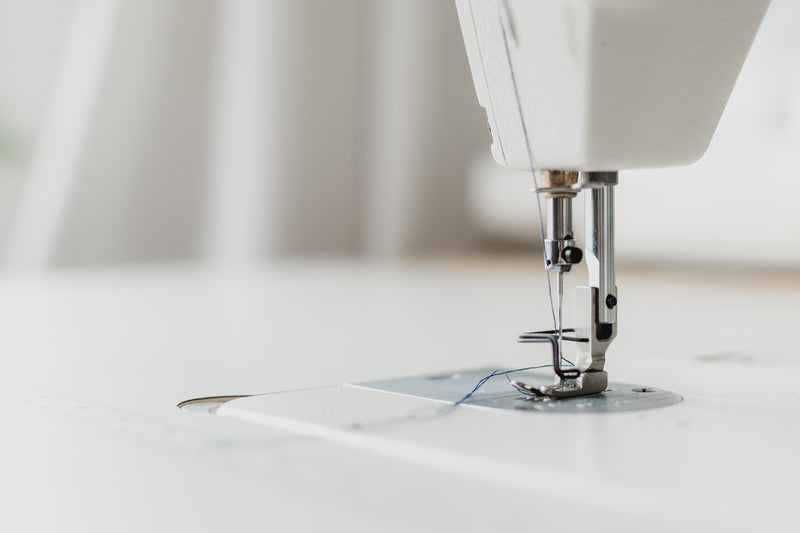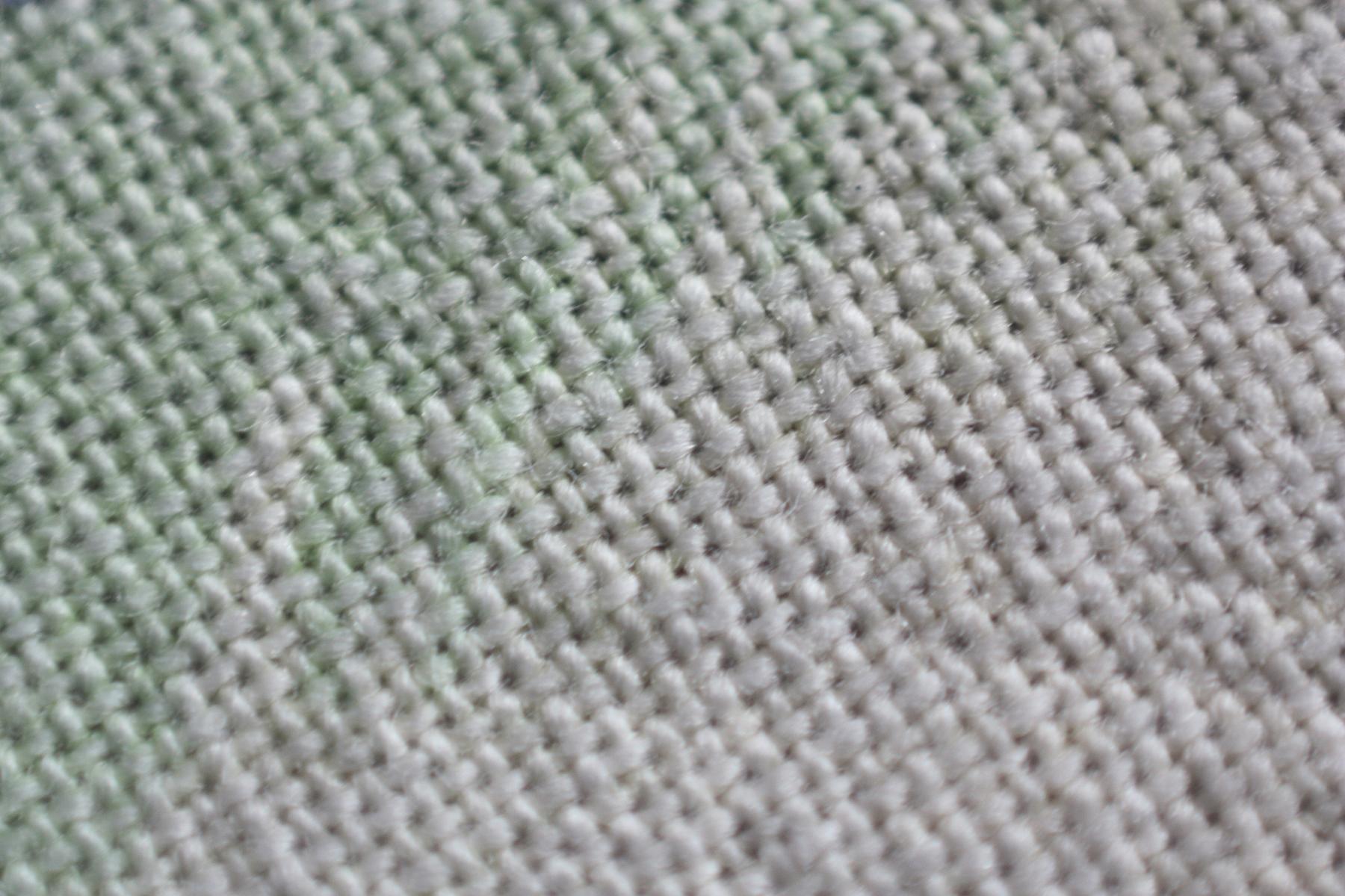As the world of interior design continues to evolve, one trend that has consistently captivated designers and homeowners alike is the use of textured fabrics. With their unique patterns and tactile appeal, these fabrics have the power to transform any space from ordinary to extraordinary. In this blog post, we’ll explore how textured fabrics are revolutionizing interior design trends and why they should be on your radar for your next home décor project. Get ready to discover the endless possibilities of incorporating textured fabrics into your interior design scheme!

What Are Textured Fabrics?
Textured fabrics are materials that have a tactile quality, providing a three-dimensional feel to their surface. These fabrics can be made from natural or synthetic fibers and come in a variety of patterns and designs. The texture of the fabric can range from subtle to bold, depending on the type of weave or pattern used. Textured fabrics are an essential element in interior design as they add depth and interest to a space. They create contrast and can help break up monotonous color schemes. Additionally, textured fabrics provide visual and tactile interest to furniture, curtains, pillows, and other home decor items. From woven wool to nubby linen, there are many types of textured fabrics available that can add warmth and personality to any room in your home.

The Importance of Texture in Interior Design
When it comes to interior design, texture plays a crucial role in creating visual interest and depth. Texture allows designers to add another layer of dimension to a space, making it more visually appealing and inviting. Incorporating textured fabrics into your home décor can transform an otherwise flat or dull room into one that is full of life.
In addition to visual appeal, texture also creates tactile sensations, allowing us to experience our surroundings on multiple levels – not just through sight but through touch as well. This adds an element of comfort and warmth which is especially important when designing spaces meant for relaxation such as living rooms or bedrooms.
Overall, adding textured fabrics such as plush rugs or velvety throw pillows can create a cozy environment while still being stylish and trendy. Whether you choose subtle textures like linen or bold ones like faux fur, manipulating textures in interior design will completely change the look and feel of any space!
How Textured Fabrics Can Enhance Your Home Decor
Textured fabrics can add depth and interest to any room in your home. They create a tactile experience that draws the eye and adds dimension to your décor. Whether you choose a chunky knit throw for your sofa or a velvet accent pillow for your bed, textured fabrics can enhance the overall look and feel of your space.
Not only do they add visual interest, but textured fabrics can also create a cozy and inviting atmosphere. A furry rug underfoot or a wool blanket draped over a chair can make your home feel warm and welcoming. Additionally, textured fabrics can help to absorb sound, making them an excellent choice for rooms with hard surfaces like tile or hardwood floors.
When incorporating textured fabrics into your décor, consider the color scheme of the room and choose fabrics that complement or contrast with it. Mix and match different textures to create a layered look that adds depth to your space. From woven wall hangings to embroidered curtains, there are endless possibilities for incorporating textured fabrics into your home décor ideas.

Examples of the Use of Textured Fabrics in Modern Interiors
Examples of the Use of Textured Fabrics in Modern Interiors
Textured fabrics have become a staple in modern interior design, and their use can be seen in many contemporary homes. For instance, velvet is a popular textured fabric that adds depth and luxury to any space. It creates an elegant look when used for throw pillows or curtains.
Another popular trend is using woven textiles such as macramé wall hangings and rattan furniture pieces to add texture without overwhelming the room. This gives an organic feel to space, making it warm and inviting.
Leather has also enjoyed great popularity as a textured fabric option for upholstering chairs or sofas for years now. Its natural grain provides visual interest while its durability ensures longevity.
If you want to make your space cozy but still maintain style, try faux fur textures on throws or rugs which come in different colours that can complement your theme. Overall these examples highlight how adding textured fabrics with care boosts the aesthetics of any interior design project.
Tips for Incorporating Textured Fabrics into Your Home Décor Ideas
Incorporating textured fabrics into your home décor can be a fun and exciting way to add depth and interest to any room. One way to do this is by layering different textures, such as a chunky knit throw over a leather sofa or a velvet pillow on top of a linen chair. Another idea is to use textured fabrics as statement pieces, such as a shaggy rug or a woven wall hanging. When choosing textured fabrics, consider the color and pattern as well, as these elements can also add dimension to your space. Don’t be afraid to mix and match different textures and materials, but be sure to keep the overall look cohesive by sticking to a color scheme or theme. With these tips, you can easily incorporate textured fabrics into your home décor ideas and create a stylish and inviting space.
Conclusion: Making a Statement with Textures in Interior Design
When it comes to interior design, texture is a key element in creating a visually captivating space. Textured fabrics have quickly become popular among designers and homeowners alike for their ability to revolutionize interior design trends. Adding textured fabrics such as wool, velvet, or even woven jute can provide depth and interest to any room.
Integrating contrasting textures can be particularly effective at creating dynamic spaces. Consider pairing soft textures such as plush pillows with rougher materials like knotted rugs or exposed brick walls. The combination of these elements creates an intriguing sense of balance that draws the eye around the room.
Don’t be afraid to experiment with different types of textures when redecorating your home. Whether you’re looking for something bold and unique or simply hoping to add more visual intrigue, incorporating textured fabrics into your décor ideas is sure to make a lasting impression on anyone who walks into your home.
In conclusion, textured fabrics hold a special place in the world of interior design. They add depth, dimension and character to any space. From cozy throws to ornate curtains, there is no limit to what can be achieved with textured fabrics in home décor. By incorporating these materials into your design scheme, you can create a truly unique and personalized atmosphere that will leave an impression on all who enter your space. So whether you are going for a modern minimalist look or a bohemian vibe, textured fabrics are the way to go!
FAQs
Q: Who can benefit from using textured fabrics?
A: Anyone looking to add depth and interest to their textiles.
Q: What are textured fabrics made of?
A: Textured fabrics can be made of various materials such as cotton, wool, or synthetic fibers.
Q: How can textured fabrics be incorporated into home decor?
A: Textured fabrics can be used for curtains, pillows, or upholstery to add dimension to a room.
Q: What if I prefer a smoother fabric feel?
A: Textured fabrics come in a range of textures, so you can select one that is subtle or more pronounced depending on your preference.
Q: How can textured fabrics be used in fashion?
A: Textured fabrics can be used for clothing, bags, and accessories to add a unique touch to any outfit.
Q: What if I’m not sure which textured fabric to choose?
A: Consult with a textile expert or try out a few samples to find the right texture for your project.
